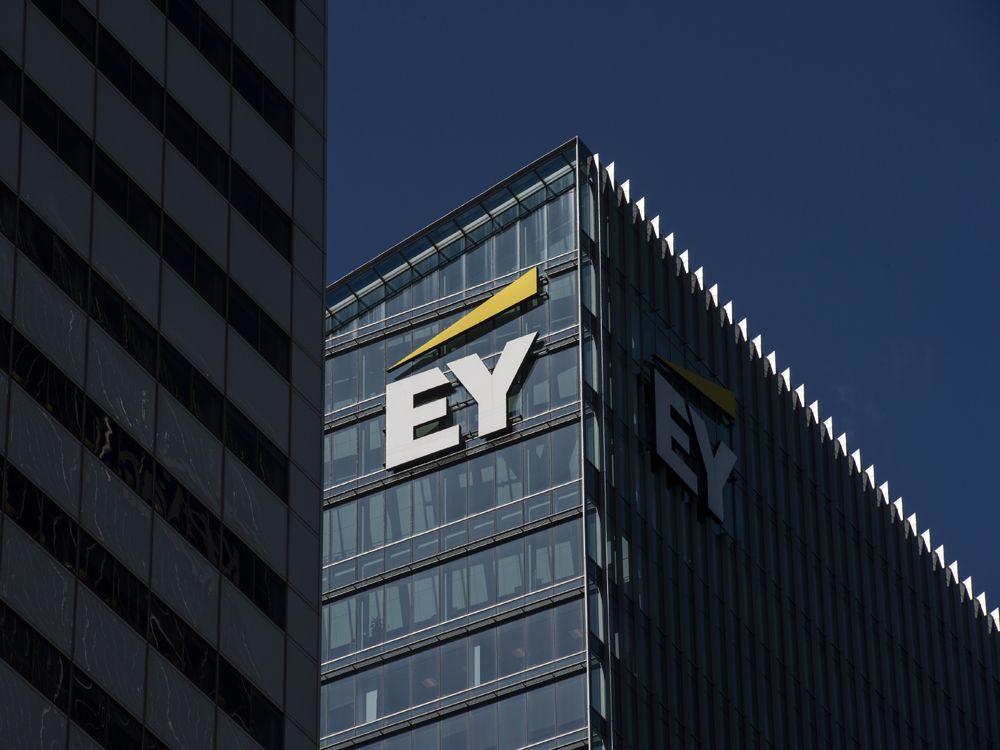EY Faces $1.4 Billion Lawsuit Over Role in Bridging Finance's Downfall: Did Auditors Miss Critical Red Flags?

One of Canada’s largest lenders, PricewaterhouseCoopers (PwC), has launched a sweeping $1.4 billion lawsuit against Ernst & Young (EY) alleging negligence in auditing Bridging Finance Inc., a now-collapsed investment firm. The lawsuit, filed last month in Ontario’s Superior Court, centers on EY’s unqualified audit opinions issued between 2014 and 2020, despite what PwC claims were glaring warning signs of financial distress within Bridging.
Bridging Finance, once a prominent player in the Canadian private credit market, imploded in 2022 following revelations of inflated asset values and undisclosed loan defaults. The firm's collapse sent shockwaves through the financial sector and triggered investigations by regulators. PwC, which was appointed as trustee in bankruptcy for Bridging, is now seeking to recover losses incurred by creditors, and they’ve squarely pointed the finger at EY for failing to detect and report the company’s deteriorating financial health.
The Core Allegations: Inflated Assets and Hidden Defaults
According to the lawsuit, PwC contends that EY, as Bridging's auditor, repeatedly signed off on financial statements that presented a misleadingly positive picture of the company's financial condition. Specifically, PwC alleges that EY failed to adequately scrutinize Bridging's asset valuations, which were reportedly inflated, and overlooked significant loan defaults that were deliberately concealed from investors and creditors. The lawsuit details instances where Bridging allegedly used aggressive accounting practices to artificially boost its assets and mask underlying problems.
Why This Matters: Implications for Auditing Standards and Investor Confidence
This case raises serious questions about the effectiveness of auditing practices and the responsibility of auditors to protect investors. The lawsuit isn’t just about Bridging Finance; it’s a challenge to the integrity of the entire auditing system. If PwC’s allegations are proven true, it could lead to stricter regulations and increased scrutiny of auditing firms’ practices. The consequences extend beyond EY; it could impact the broader financial services industry and erode investor confidence in audited financial statements.
EY's Response and the Legal Battle Ahead
EY has yet to formally respond to the lawsuit, but it is expected to vigorously defend itself against the allegations. The company is likely to argue that it conducted its audits in accordance with generally accepted accounting principles (GAAP) and exercised due professional care. However, PwC's detailed claims and the significant financial stakes involved suggest a protracted and complex legal battle ahead.
The Broader Context: Bridging Finance's Collapse and Regulatory Scrutiny
The collapse of Bridging Finance has already led to several regulatory investigations, including one by the Ontario Securities Commission (OSC). The OSC is examining the firm's practices and the role of various parties, including EY, in the events leading up to the collapse. The outcome of these investigations, coupled with the outcome of the PwC lawsuit, will likely shape the future of private credit lending and regulatory oversight in Canada.
The lawsuit against EY serves as a stark reminder of the crucial role that auditors play in maintaining the integrity of financial markets and protecting investors from fraud and mismanagement. The coming months will be critical as this case unfolds, potentially setting a precedent for auditor liability and accountability.






